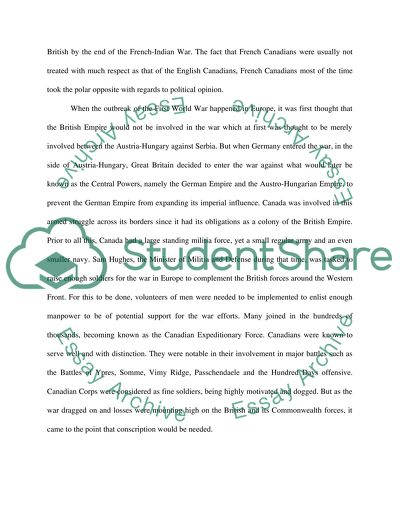Cite this document
(“A study of War and Military History, 1867 to the Present Essay”, n.d.)
Retrieved de https://studentshare.org/military/1390560-a-study-of-war-and-military-history
Retrieved de https://studentshare.org/military/1390560-a-study-of-war-and-military-history
(A Study of War and Military History, 1867 to the Present Essay)
https://studentshare.org/military/1390560-a-study-of-war-and-military-history.
https://studentshare.org/military/1390560-a-study-of-war-and-military-history.
“A Study of War and Military History, 1867 to the Present Essay”, n.d. https://studentshare.org/military/1390560-a-study-of-war-and-military-history.


